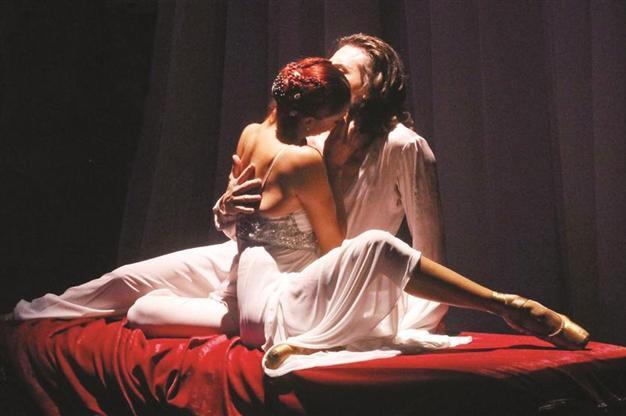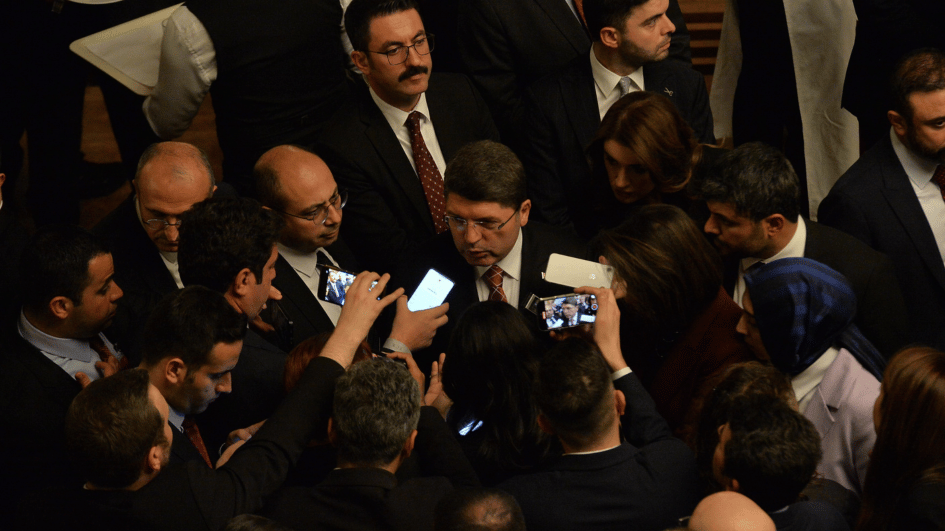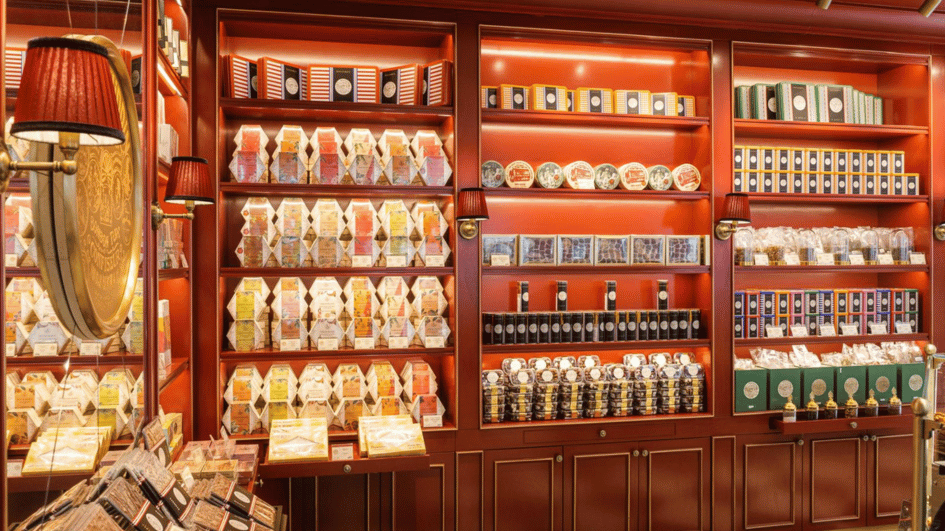Turkish audiences flocking to Ottoman-themed ballets
ANKARA - Anatolia News Agency

General Director Rengim Gökmen says that they give importance to stage works by both Turkish and foreign artists.
Opera and ballet audiences have swelled thanks to ballet work depicting the life of sultans in the Ottoman Empire such as “Harem,” “Hürrem Sultan,” “Muhteşem Süleyman,” “4. Murat” and “5. Murat.”State Opera and Ballet General Director Rengim Gökmen said that art lovers found the depiction of the life stories of legendary figures from their own history in opera and ballet fascinating, adding, “Such works enable us to appeal to other audiences besides the classical ballet audiences. Hürrem Sultan and Harem have been performed to a full house for many years in Istanbul, Ankara and Mersin.”
He said that since the popularity of historical films and television dramas had increased in recent years, they had so far not staged such works on the opera and ballet stage.
Gökmen said that the “Muhteşem Süleyman” cantata had made its world premiere in January, “‘Muhteşem Süleyman’ was planned a long time before the TV series “Muhteşem Yüzyıl” (A Magnificent Century) began to air. Also, “4. Murat” was planned 30-40 years ago. Moreover, “Sultan Mehmet the Conqueror” was composed by Rossini 200 years ago. So, these historical personality-based works have been conceived a long time before they were adapted to films or TV series. It is just a coincidence that they began to be staged after these films or TV series became so popular.”
Gökemn said that works like “Çakırcalı Efe” and “Arda Boyları,” staged by Turkish composers and choreographers, also drew a great deal of interest.
He noted that they gave importance to stage works by both Turkish and foreign composers at opera festivals, adding, “I think that it will contribute to the promotion of our country, by appealing to the world through the international language of opera from Turkey, the real home of these figures such as Bayezit, Sultan Mehmet the Conqueror, 4. Murat and so on.”
Tours up by 400 percent
Gökmen said that opera generally appealed to a small section of each society, since it was regarded as a highbrow rather than mainstream variety of art. “A popular opera cannot be seen anywhere,” he said.
He said that the State Opera and Ballet attached importance to mass concerts and was taking its performances to many venues from prisons to shelters, which has seen the number of opera and ballet tours soar by 400 percent since 2000.
“The number of domestic tours was 75 in 2000. It increased to 480 in 2012 and the number of annual tours increased to 975 from 524 in 2012. This increase will continue,” he added.
Gökmen said that they would also meet Chinese art lovers with five performances as part of the 2013 Turkish Culture Year in China, which was recently opened. He said that the opera “Abduction from the Seraglio” would make its premiere in China in the beginning of May, adding, “This magnificent
work of Mozart’s, which draws great attention from around the world and which we have been performing for many years, will be staged for the first time at China’s National Performing Art Center by Turkey. Works like ‘Güldestan,’ ‘Harem’ and ‘Seslerle Anadolu’ (Anatolia with Sound) will also be staged in China. The events will be closed on Dec. 17, the night of union, with the show ‘Mevlana’nın Çağrısı’ (The Call of Mevlana).”
Gökmen said that opera and ballet has traditionally been seen as a typically western art and that, since Turkey was a part of eastern culture, there was an erroneous idea that such work should not be performed in Turkey. “Opera and ballet are a matter of development or underdevelopment,” he said.
Although opera and ballet were born in the west, they have become a universal branch of art, said Gökmen, adding, “Opera and ballet are to be taken just like technology. It is the same as using cars and televisions from the west. We can express our own ideas using our own language on the opera stage.”
















